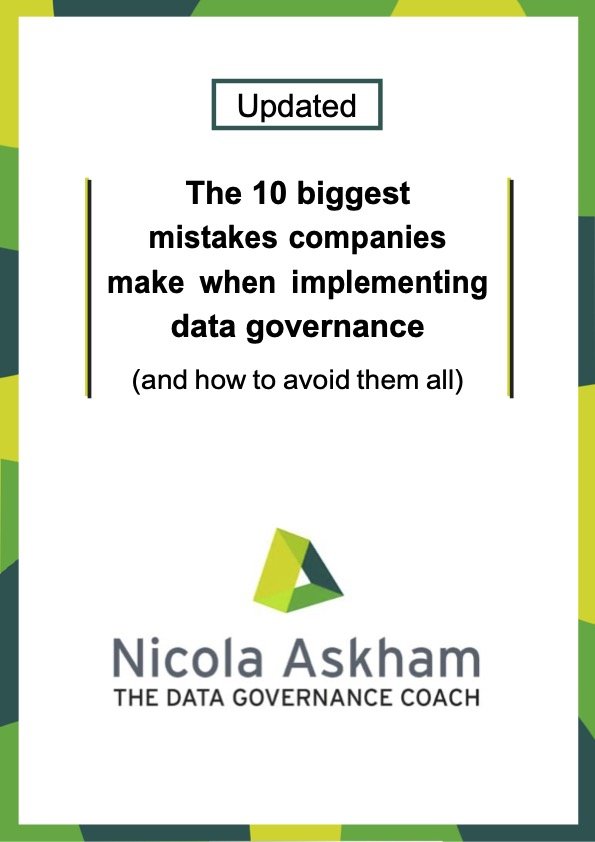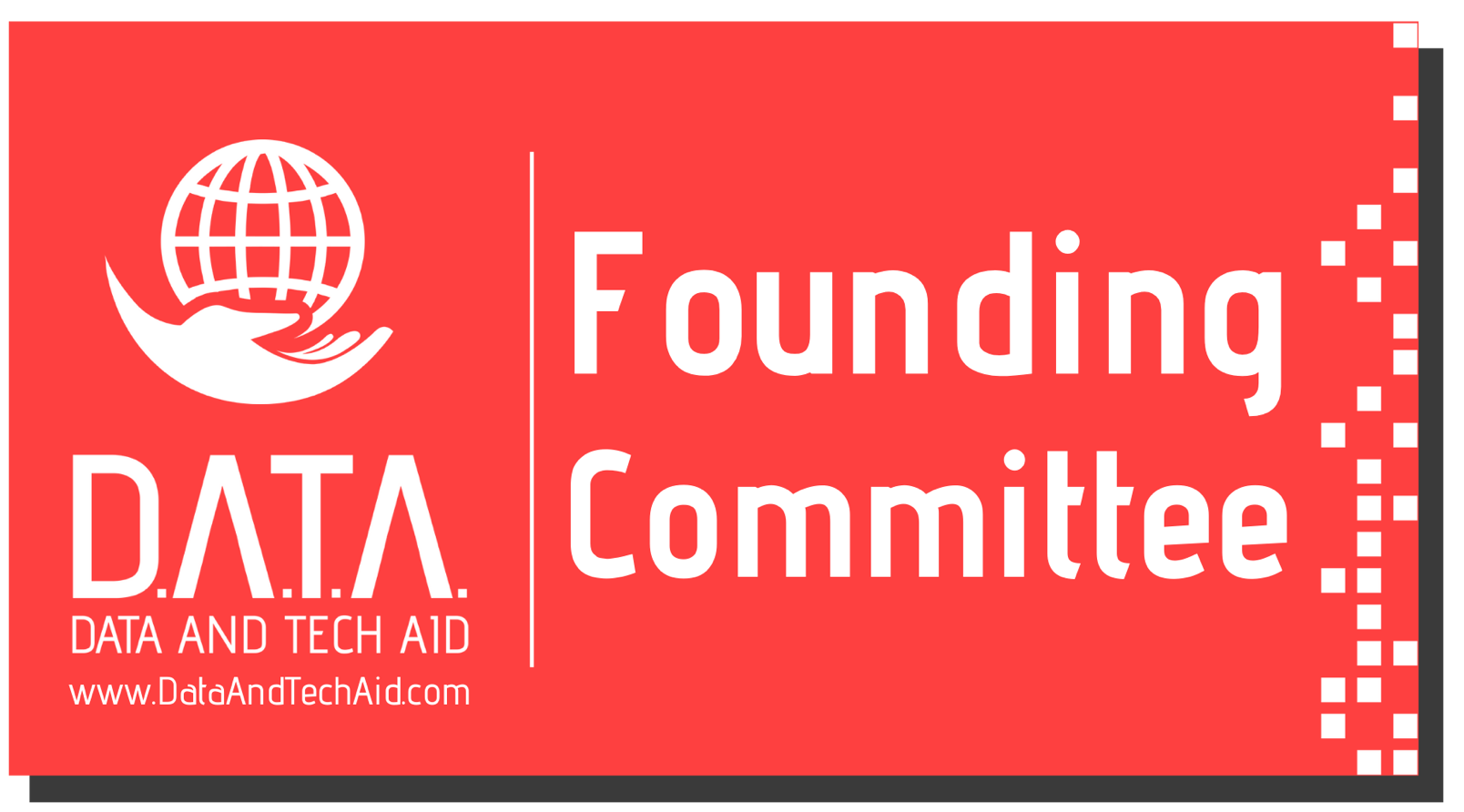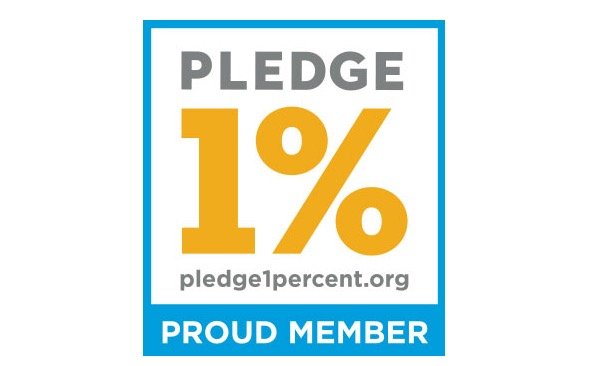A Picture Is Worth A Thousand Words
/The adage a picture is worth a thousand words is popularly attributed to Confucius, but according to Wikipedia was born much more recently: "It is believed that the modern use of the phrase stems from an article by Fred R. Barnard in an advertising trade journal, in 1921, promoting the use of images in advertisements". Whatever the source, one thing that is certain is that when the saying was first used, no one was thinking about Data Governance! But they easily could have been...
In my blog about the importance of being a great communicator I mentioned that you should draw pictures and diagrams to get your message across as these are far more effective than pages of written words.
Over the years an important thing I've learned is that the majority of people respond well to pictures. I'm a list person, my brain likes long lists of activities and ordering them in the most logical and efficient order. I once confounded a boss because I produced a project plan off pat without first having drawn a conceptual diagram of what the project was trying to achieve (something he assumed that I would have to do to in order to work out what tasks were needed and in which order). Because of my fondness for lists, it took me a while to realise that a lot of people not only do not like lists, but find them off putting.
Whilst working with a team of Business Architects a number of years ago, it became very apparent that whilst they did not like my lists and wordy documents, I could easily understand their diagrams and so started my experimentation with using diagrams to sell new concepts to people.
During the course of your Data Governance initiative I encourage you to consider all opportunities to get your message across in a diagram. Some things you might try include:
Instead of asking someone to write a list of all the data their department creates and uses, try helping them to draft a high level conceptual data model. Seeing it drawn out is a great memory jogger and gives you an excellent starting point to start to drill down to the lower levels of detail.
If you are trying to agree the scope of a particular activity there’s nothing like a nice picture of the overall process or activity with a circle highlighting your area of interest, to ensure that everyone understands and agrees the same thing.
And remember not all diagrams are interesting and successful. I’ve found that very few people like formal process maps like this (although of course they are an excellent tool for drafting and formally documenting processes):
But draw the process like this (and even consider animating it, if it is going to presented) and people suddenly grasp what you want them to do:
I’m not saying that there isn’t a need for documents and words – you will always need them, particularly for formally documenting your initiative, but when communicating leave the formal documents behind. Devise creative ways to get your message across – you may be surprised at how much more effective your communications become.
I have to admit that although my love affair with lists has not diminished (particularly To Do Lists - as my husband will testify!) I have embraced pictures as a communication tool so much over the past few years, that at times I even catch myself thinking in pictures rather than lists!
So please try using a picture where you previously would have used words and join me next time for more advice on successfully implementing Data Governance.
My free report reveals why companies struggle to successfully implement data governance. Discover how to quickly get you data governance initiative on track by downloading this free report










